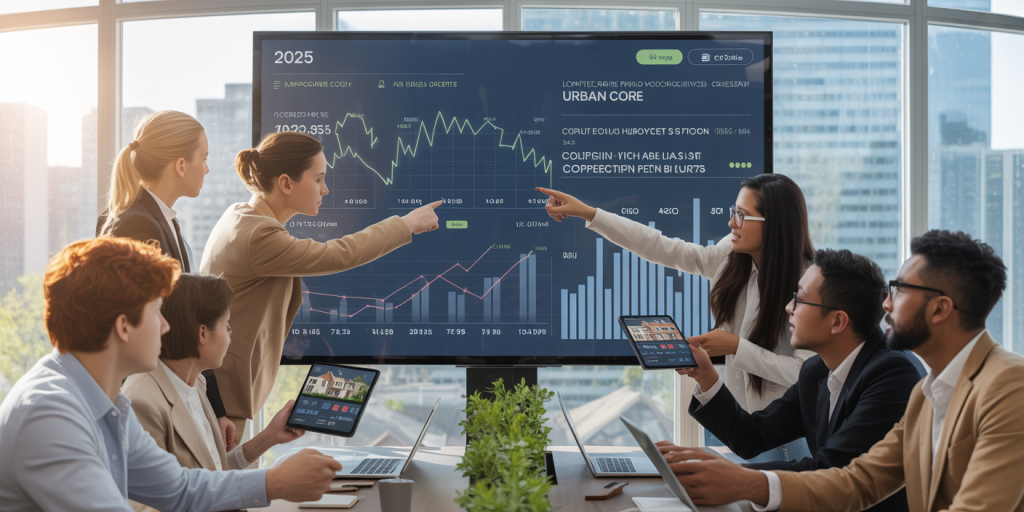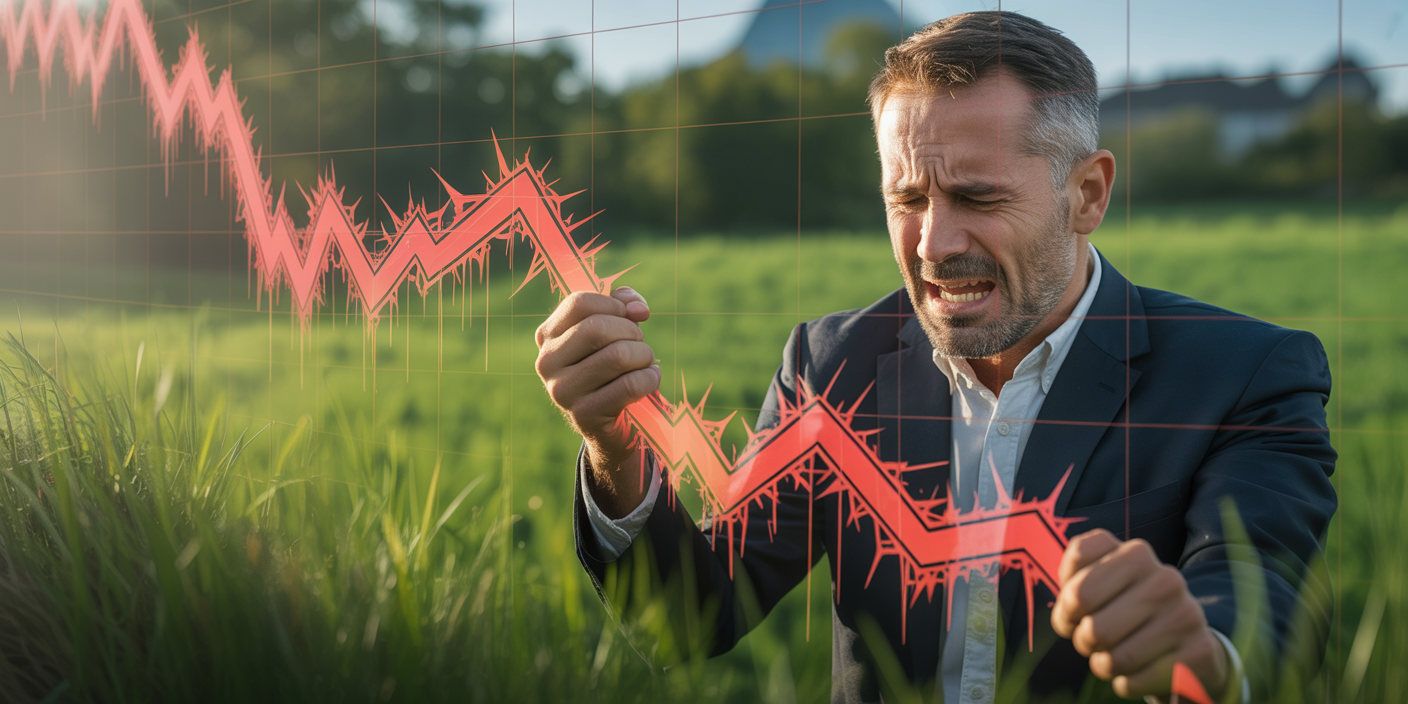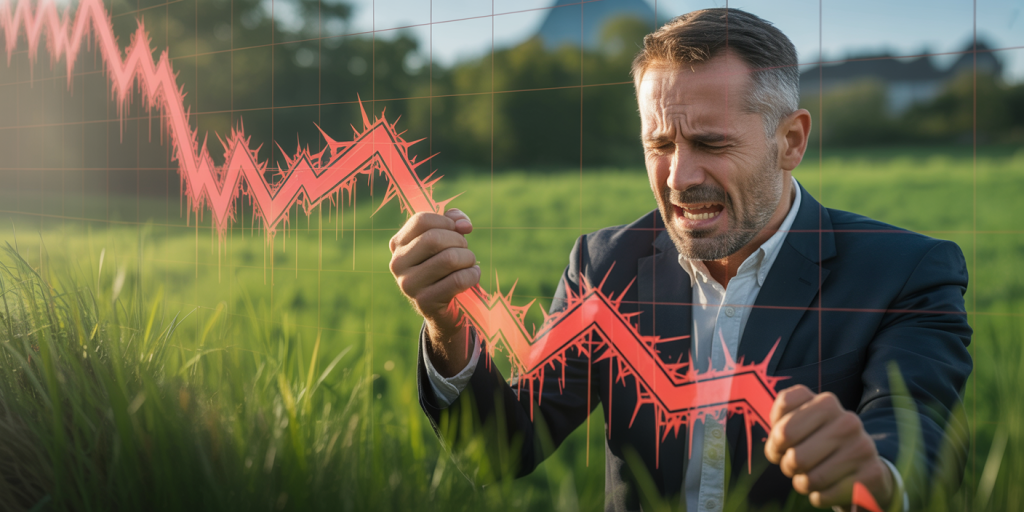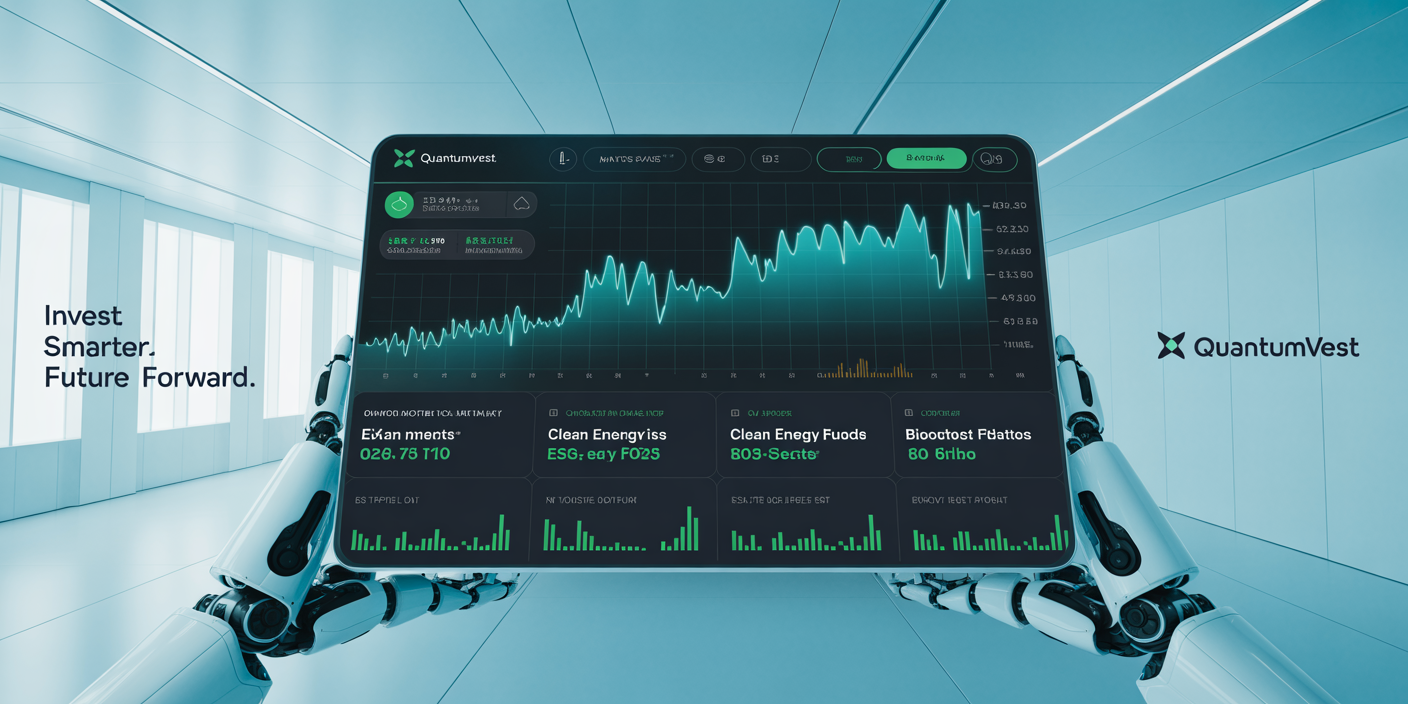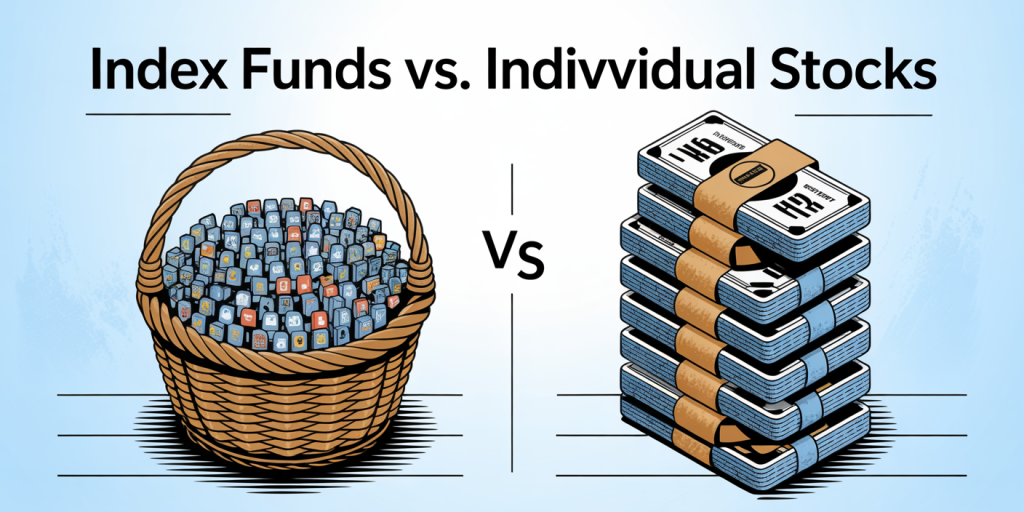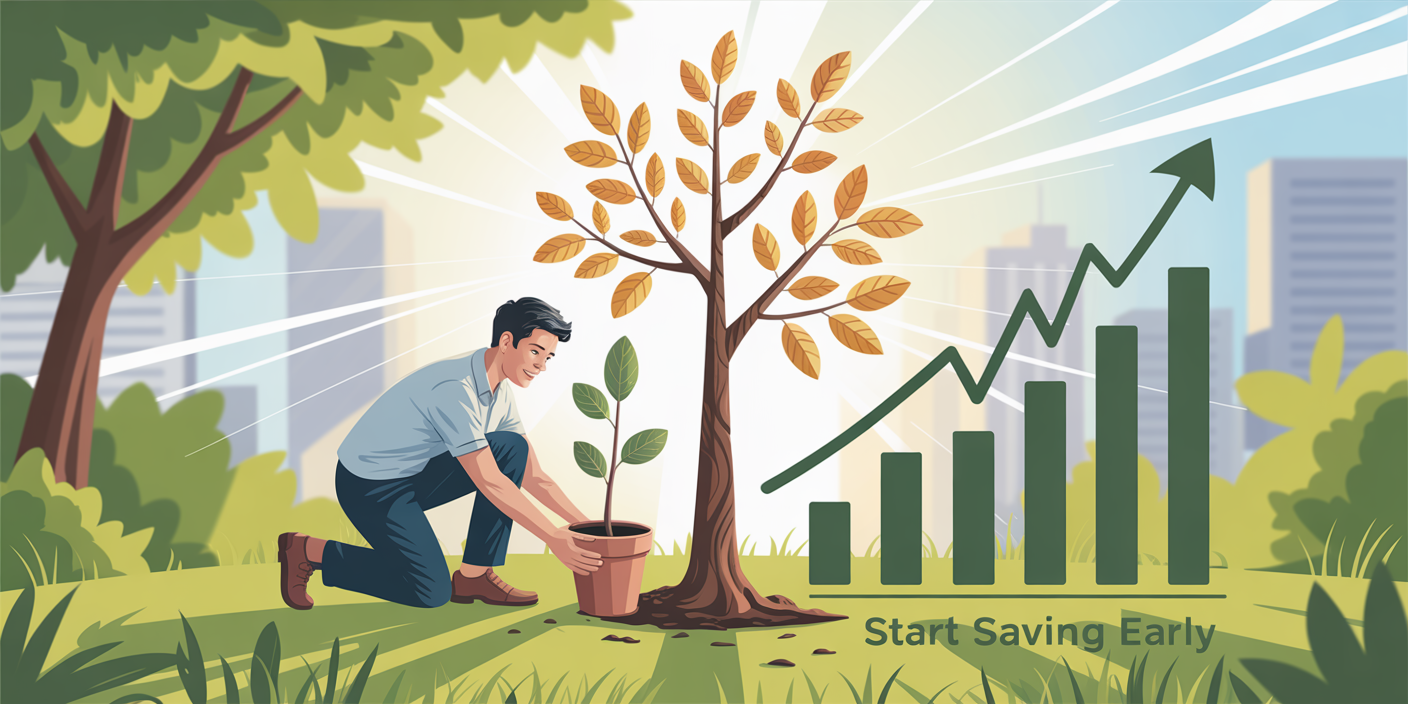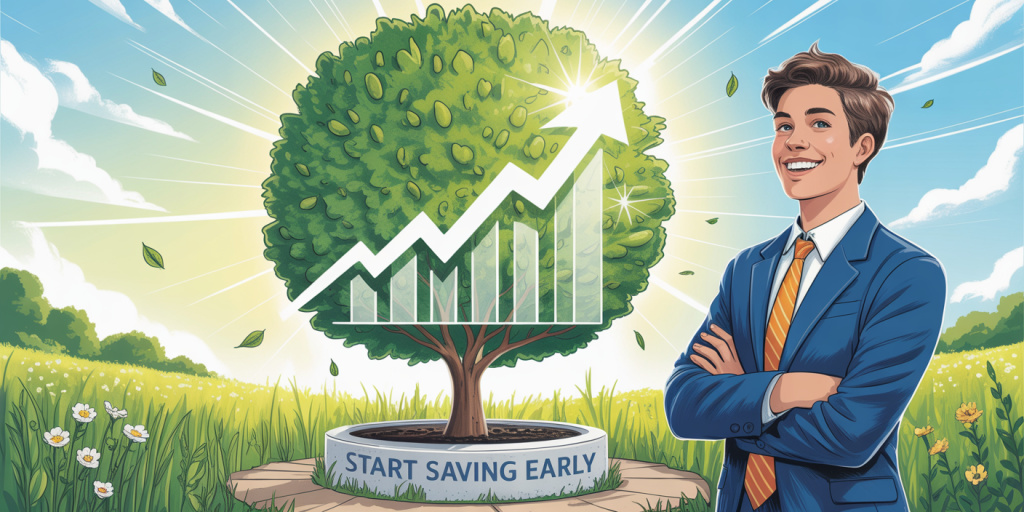Fear of Missing Out (FOMO) is a psychological phenomenon that influences the decision-making of countless investors worldwide. As the investment landscape grows increasingly volatile and fast-paced, understanding and managing FOMO becomes critical to preserving capital and achieving long-term financial goals. In this article, we will explore what FOMO investing entails, why it can be detrimental, and, importantly, provide actionable strategies to avoid falling into this common trap.
Understanding FOMO Investing in Today’s Markets
FOMO investing occurs when investors make impulsive decisions driven by the anxiety that they might miss out on a lucrative opportunity. This often manifests during market rallies or viral trends, where assets experience rapid price increases fueled more by hype than fundamentals. Social media platforms, 24/7 news cycles, and widespread dissemination of “hot tips” have intensified this feeling, pushing many to buy assets at elevated prices without proper analysis.

Consider the cryptocurrency boom of late 2017. Bitcoin surged from under $1,000 at the start of the year to nearly $20,000 in December, attracting thousands of new investors driven by stories of overnight millionaires. Many, fearing missing out, entered the market late and faced significant losses when prices sharply corrected. According to a 2020 survey by Statista, approximately 40% of retail investors admit to making impulsive trades out of fear or excitement—classic signs of FOMO behavior.
The dangers are clear: FOMO leads to buying high and selling low, ignoring investment discipline, risking capital unnecessarily, and often resulting in lower overall portfolio returns.
Psychological Triggers Behind FOMO Investing
At its core, FOMO investing is deeply rooted in cognitive biases and emotional responses. Humans naturally fear exclusion from social groups or missing beneficial opportunities. This social anxiety is heightened in investing where potential financial gains “everyone else” seems to capitalize on can cause stress and impatience.
One primary psychological trigger is herd mentality—the tendency to follow the crowd regardless of personal analysis or conviction. In stock market bubbles, this behavior creates self-reinforcing cycles, where prices escalate not because of underlying value but pure demand from anxious investors. For example, during the Dot-com bubble in the late 1990s, companies with minimal revenue valutions soared because “everyone” was investing in technology stocks.
Loss aversion is another factor, where the pain of missing out on profits seems more intense than the rational assessment of risk. Investors anchored on recent market highs may enter positions at a peak, only to face steep declines during corrections.
Recognizing these triggers helps investors pause before making emotionally-driven trades. Research in behavioral finance (Kahneman & Tversky, 1979) highlights the importance of overcoming such biases to improve investment strategies.
Practical Strategies to Curb FOMO Influence
The first line of defense against FOMO investing is developing and adhering to a well-defined investment plan. Setting clear goals, risk tolerance, and asset allocation can minimize the temptation to chase trends. For example, an investor targeting steady retirement growth might allocate 60% to diversified equities and 40% to bonds, avoiding needlessly shifting funds based on hype.
Regular portfolio rebalancing also enforces discipline by prompting investors to systematically buy undervalued assets and sell overvalued ones, contrasting starkly with the impulsion to “buy high.”
Another effective tool is the use of dollar-cost averaging (DCA). This strategy involves investing a fixed amount at regular intervals regardless of market conditions. An investor purchasing $500 worth of shares monthly in a volatile asset will mitigate the risk of buying at peaks, reducing the emotional burden and avoiding panic-driven decisions.
Additionally, investors should cultivate skepticism towards sensationalized media narratives or social media recommendations. Before acting, they should perform fundamental analysis—reviewing company earnings, market conditions, and valuation metrics rather than basing decisions on hype alone.
Using technology can assist in this regard. Alerts based on technical indicators or fundamental thresholds can aid in disciplined investing. Some platforms offer features to “lock-in” buy/sell limits to prevent impulsive trades.
| Strategy | Description | Benefits | Example |
|---|---|---|---|
| Investment Plan | Defined goals and asset allocation | Reduces impulsivity, aligns with goals | 60/40 stock/bond portfolio |
| Dollar-Cost Averaging | Fixed periodic investments | Lowers risk of buying at highs | Investing $500 monthly |
| Portfolio Rebalancing | Periodic adjustment of asset weights | Enforces discipline, captures value | Yearly review and rebalance |
| Skeptical Analysis | Base decisions on fundamental metrics | Avoids hype-driven errors | Evaluating company earnings fully |
Case Studies Illustrating FOMO Outcomes and Avoidance
One instructive case is GameStop’s (GME) stock saga in early 2021, where retail investors coordinated on social media forums to drive the price from under $20 to over $400 within weeks. Many newcomers to investing jumped in at peak prices driven by FOMO, attracted by media headlines and potential gains. However, as the frenzy subsided, the stock plunged sharply, leading to significant losses for late entrants.
Contrast this with seasoned investors who avoided the hype and focused on fundamentals. For instance, Warren Buffett’s investment philosophy emphasizes long-term value, resisting short-term fads. In the 1999 tech bubble, Buffett famously refrained from technology stocks, preserving capital when the market crashed.
Similarly, research by Dalbar, a financial services market research firm, shows that average investors earn roughly 3.7% annual returns compared to 9.5% for the S&P 500 over the past 30 years, largely due to emotion-driven trading, including FOMO.
These cases emphasize the cost of succumbing to crowd psychology versus the potential benefits of disciplined investing.
The Role of Education and Financial Literacy in Combating FOMO
Investor education is a fundamental pillar for mitigating FOMO investing. Understanding market mechanics, valuation principles, and behavioral finance equips individuals to critically analyze opportunities rather than react emotionally.
Financial literacy programs have gained traction worldwide; for example, the OECD reported in 2022 that countries with higher financial education levels show more prudent investment behaviors and lower incidences of impulsive trading.
Practical steps include workshops on risk management, webinars covering valuation techniques, and simulations that help investors experience market volatility virtually without risk. These educational tools can dispel myths and build confidence in measured decision-making.
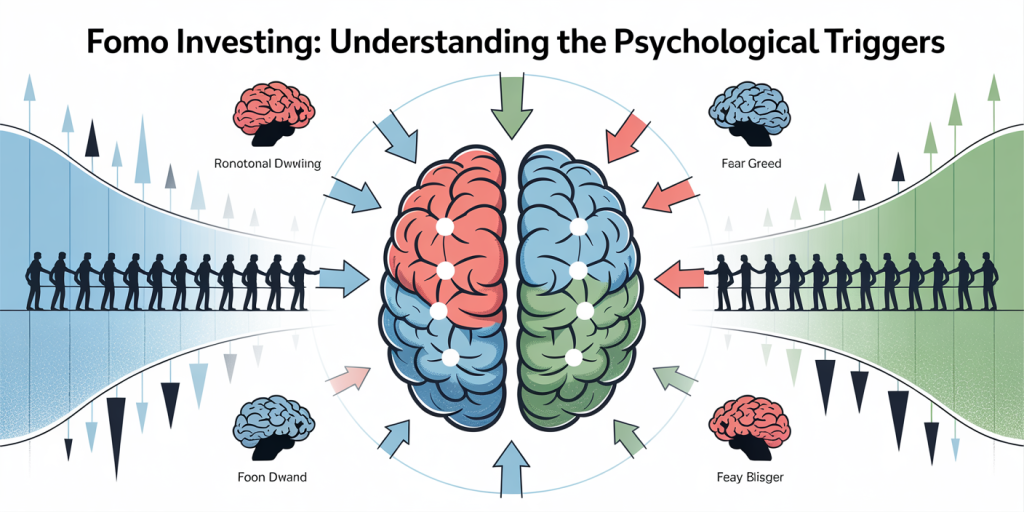
Moreover, consulting with certified financial advisors introduces external accountability. Professionals help ensure investment choices align with long-term goals rather than short-term excitement.
Employing checklist-based investment decision frameworks can also reduce FOMO impulses. For instance, requiring minimum criteria such as a defined price-to-earnings ratio or market capitalization threshold before purchase can prevent spur-of-the-moment entries.
Future Perspectives: Managing FOMO in an Evolving Investment Landscape
As technology and social platforms continue to democratize market access, FOMO’s presence in investing will likely grow, but so will tools to counteract it. Artificial Intelligence-driven portfolio management and robo-advisors offer personalized investment advice based on data, potentially reducing emotional biases.
Blockchain and decentralized finance (DeFi) introduce new asset classes that are highly volatile and speculative, further testing investor discipline. While these can yield high returns, the risks of FOMO-induced losses rise simultaneously, underscoring the need for enhanced education and strategic planning.
Regulators and platforms are recognizing their role in reducing impulsive behavior. For example, some stock-trading apps now incorporate “cooling-off periods” to prevent rapid trades and promote thoughtful consideration.
Looking ahead, integration of behavioral finance insights into fintech can provide real-time nudges or warnings when investors appear influenced by FOMO, helping safeguard portfolios over time.
Investment communities and social platforms could evolve to emphasize education and collaboration over hype and herd mentality. Growth in financial influencers focusing on evidence-based advice rather than speculation may also drive healthier investment cultures.
Ultimately, the key to navigating FOMO risks in the future lies in combining technological innovation with a solid foundation of investor knowledge and disciplined practice.
FOMO investing is a widespread challenge but not an inevitable one. By understanding its psychological roots, applying disciplined strategies, learning from real-world cases, and leveraging education, investors can protect themselves against impulsive losses and enhance long-term financial success. The evolving financial landscape demands continuous vigilance and adaptation to maintain resilience against emotional investing traps like FOMO.



